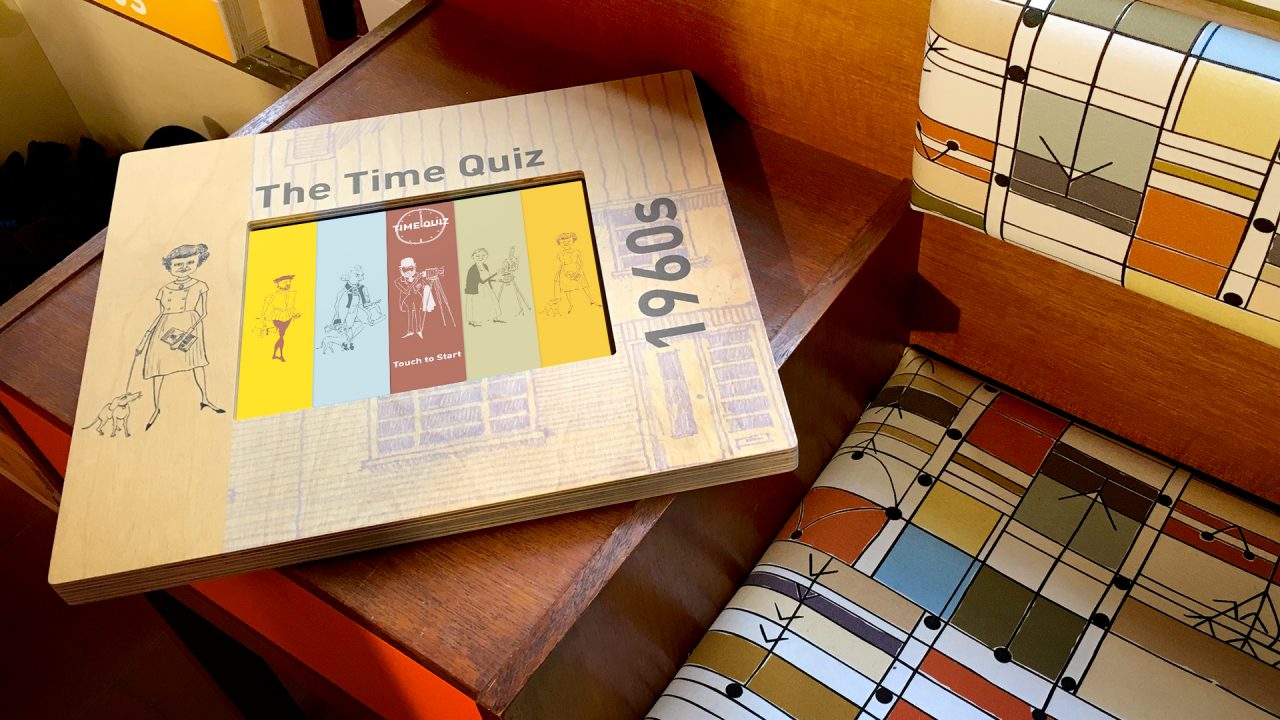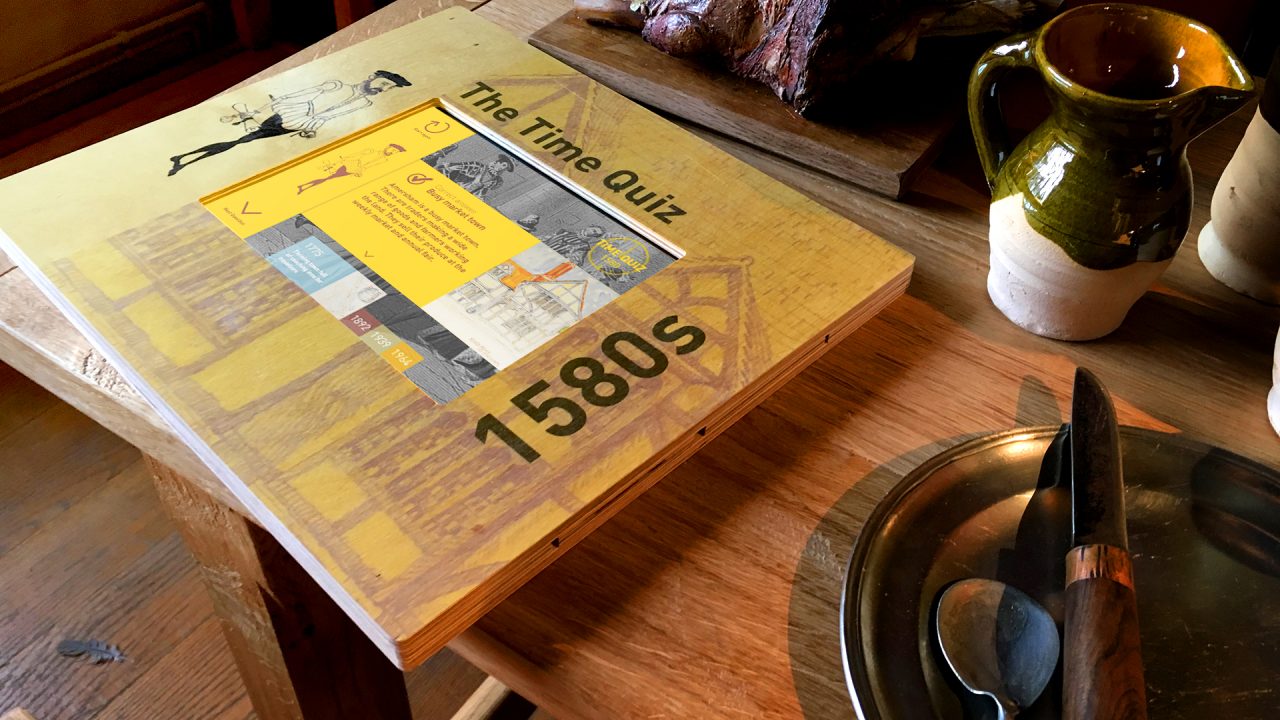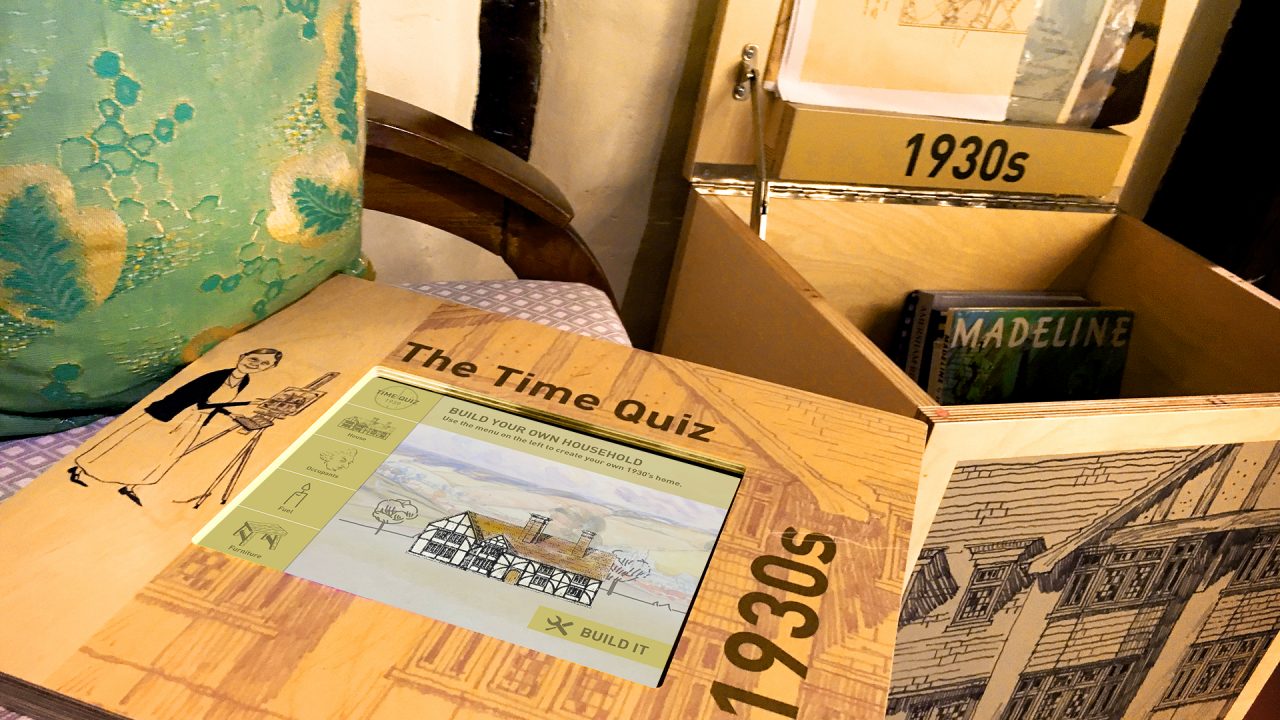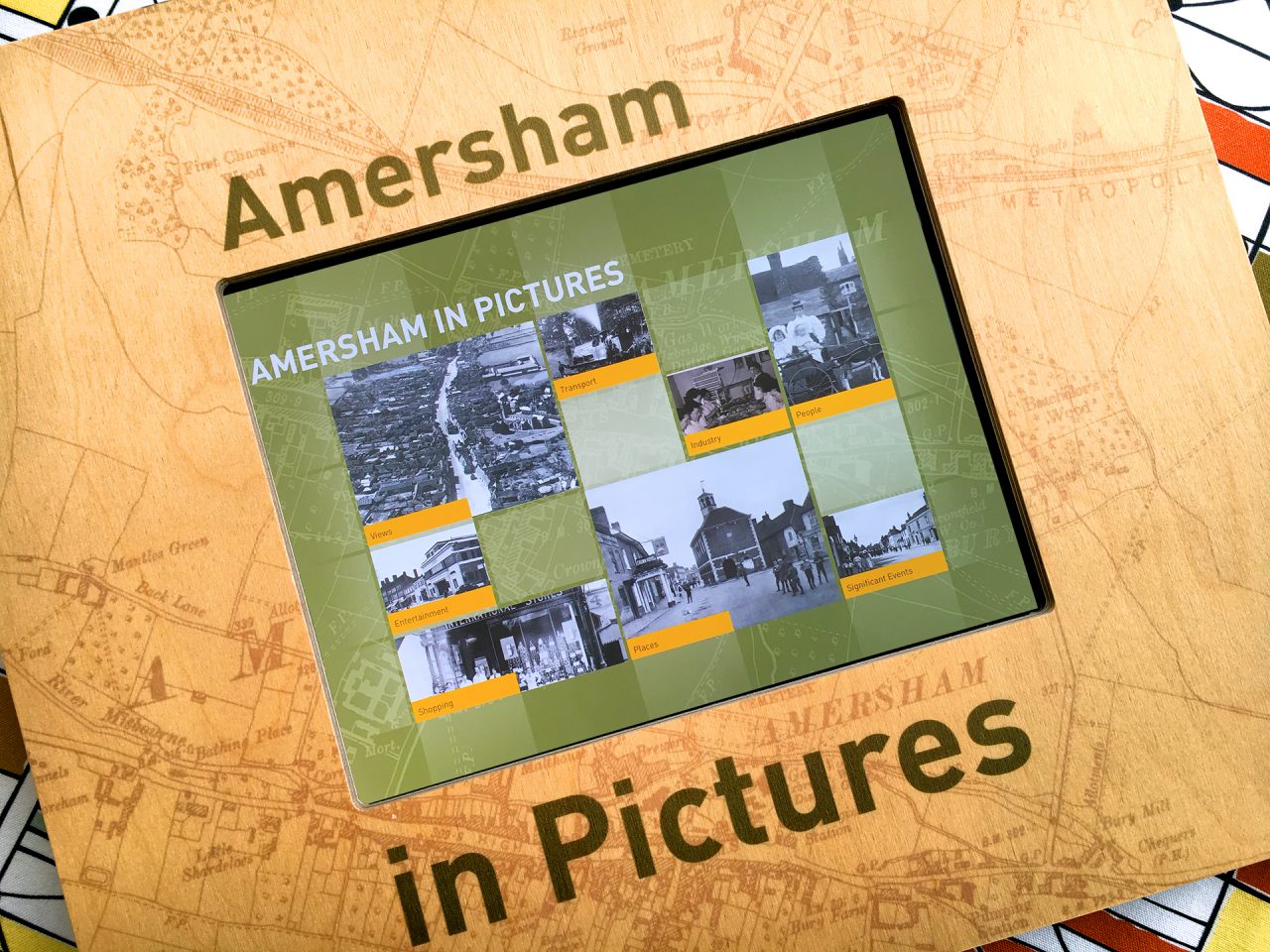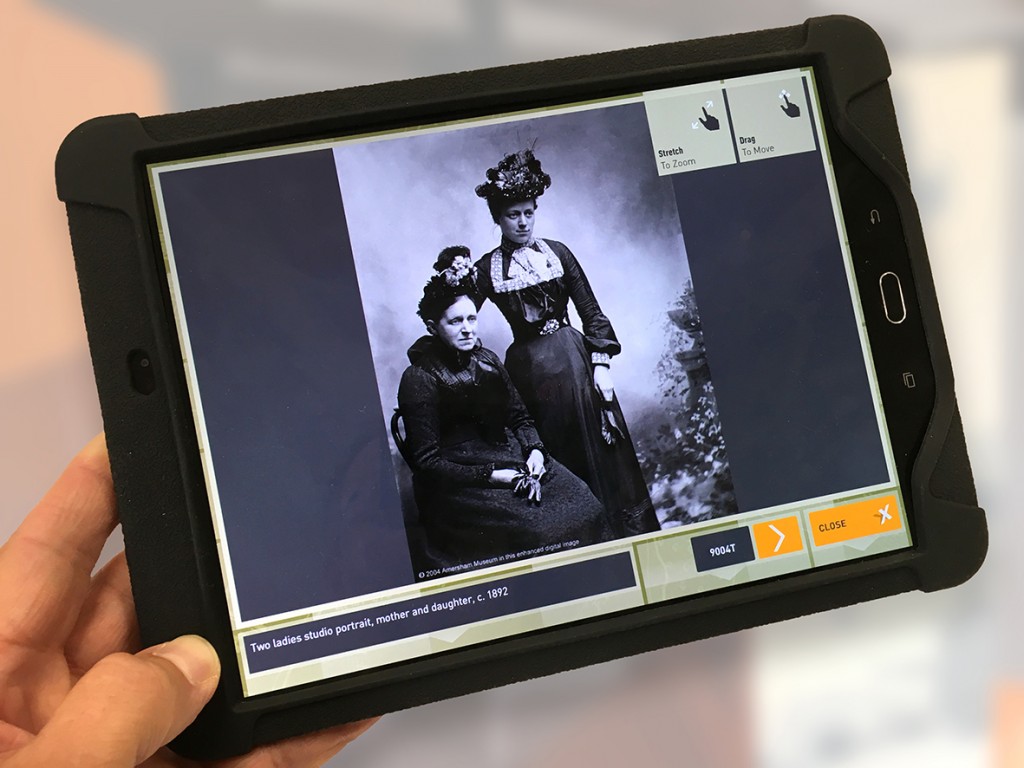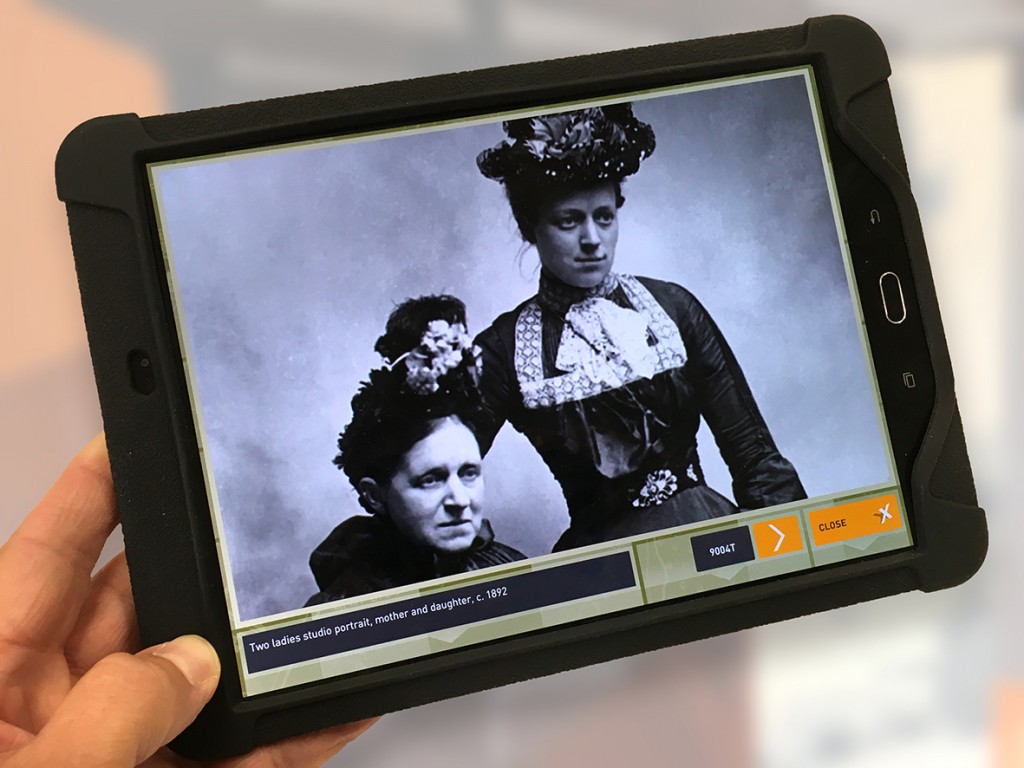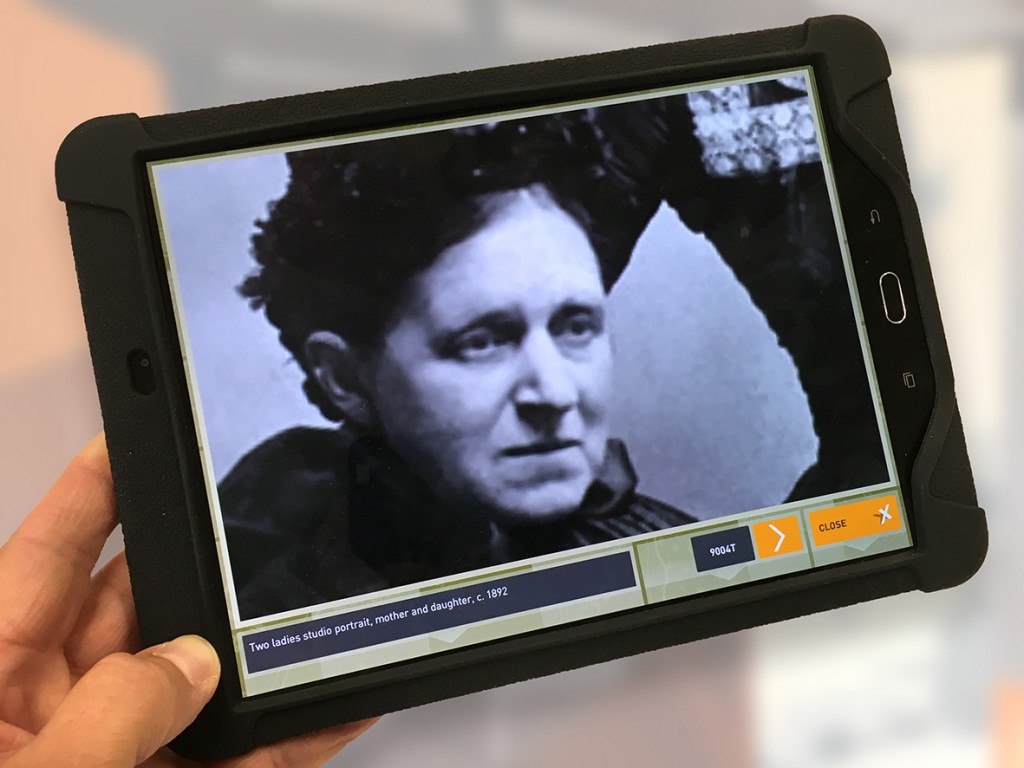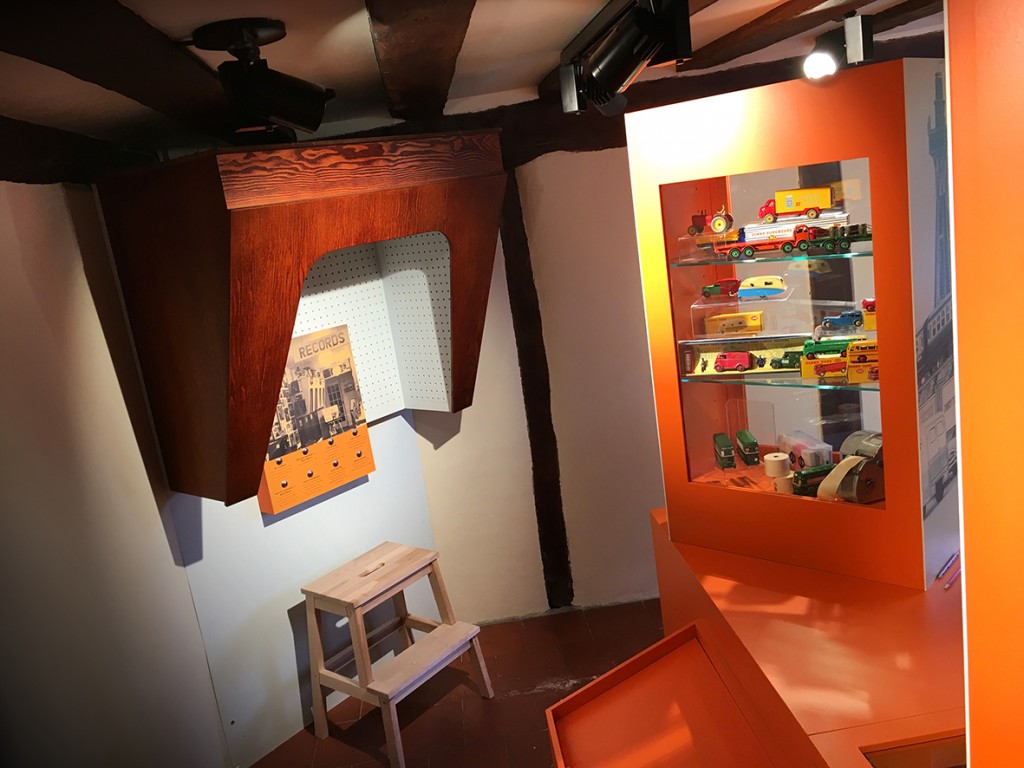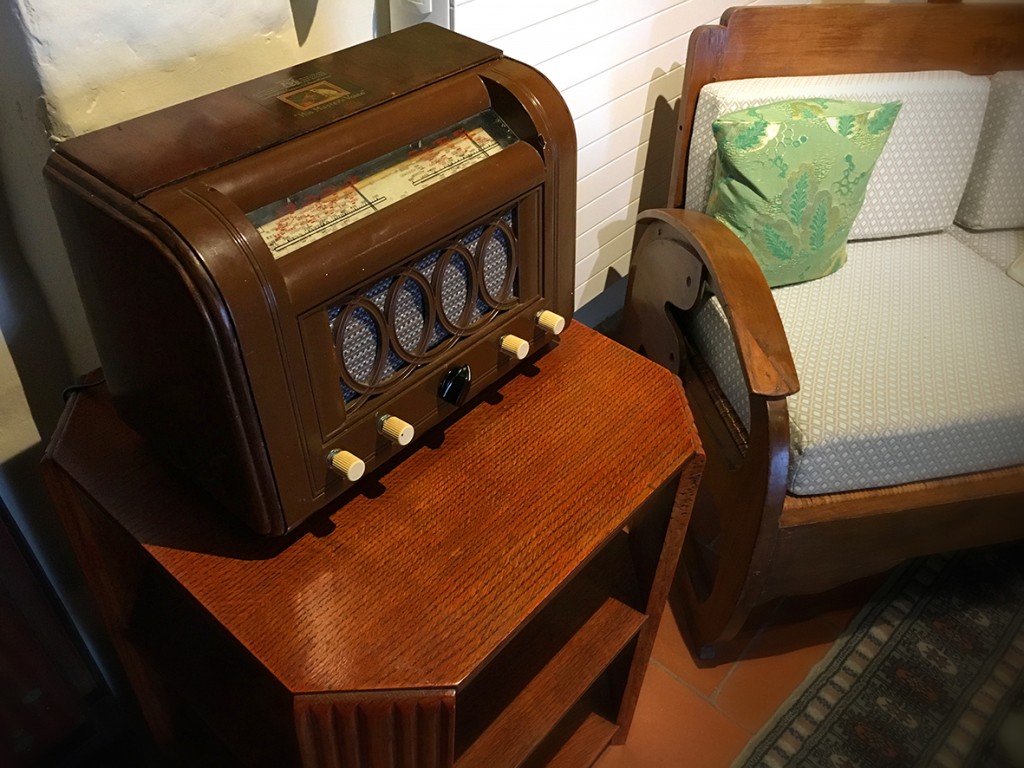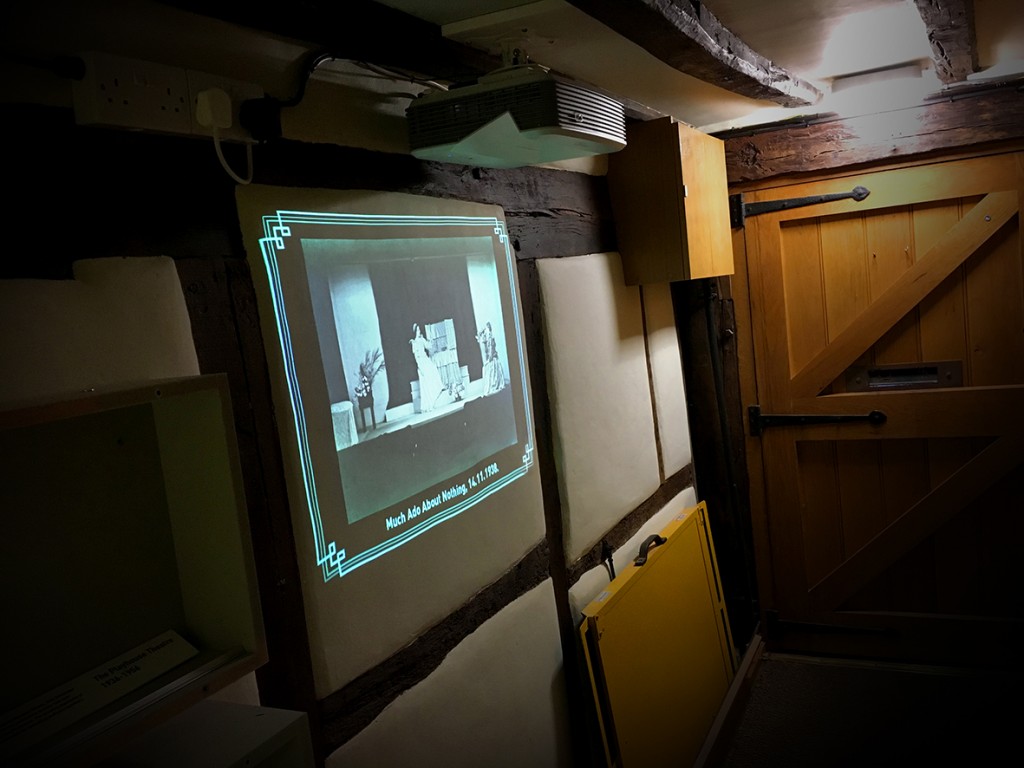Since it opened in 1991, Amersham Museum has thrived as a small, local, independent museum located in a listed mediaeval building. In 2013 it acquired the adjoining building as part of its plan to become a more accessible museum for the local community, representing the town’s history “from market town to metro-land”, focusing on five key dates.
The museum’s space restricts the size of groups – both formal and informal education parties – that can visit. Whilst the acquisition of additional space has enabled the museum to make more of the collection available to visitors, the use of technology helps to make best use of all the space available and allows exploration of the building through stories, stimulating the visitor to explore further. Working with Querceus, we have developed a number of interactive exhibits which do just that.
The museum’s space restricts the size of groups – both formal and informal education parties – that can visit. Whilst the acquisition of additional space has enabled the museum to make more of the collection available to visitors, the use of technology helps to make best use of all the space available and allows exploration of the building through stories, stimulating the visitor to explore further. Working with Querceus, we have developed a number of interactive exhibits which do just that.
